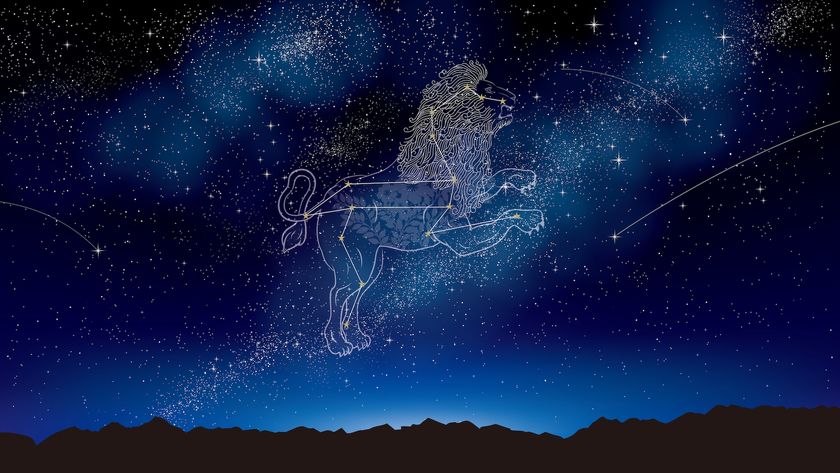Biggest Natural Disasters of 2016: Year of the Earthquake
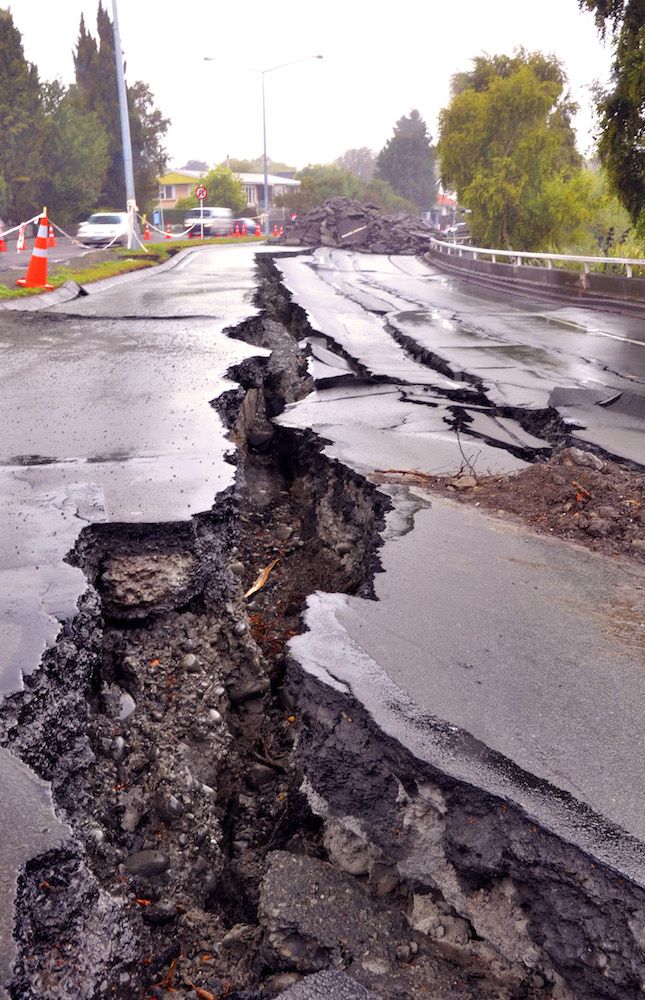
The Year's Biggest Natural Disasters
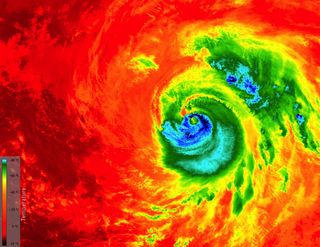
This year was one for the record books, from political election results that took the world by storm to actual storms that shook spots across the globe. The year began with winter storm Jonas, also known as "The Storm of the Century," which brought a record amount of snowfall to the Northeast. But 2016 may well be known as the year of the earthquake, as areas around the world trembled from seismic activity. Here are some of the headline-grabbing natural disasters that occurred this year.
Winter Storm Jonas
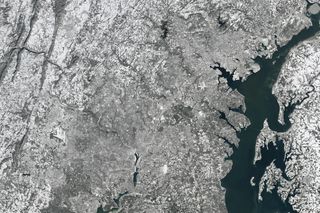
The massive winter storm left the northeast U.S. covered in such extensive snowfall that the white precipitation was clearly visible from space. Over the course of one weekend (Jan. 23-24), Jonas broke records for snowfall in places along the East Coast. Airports near Baltimore recorded about 29 inches (74 centimeters) of snow; approximately 28 inches (71 cm) of snow fell in Newark, New Jersey, and Philadelphia recorded 22 inches (55 cm) of snow, according to the Weather Channel. The town of Glengary, West Virginia, received the highest snow total: a whopping 42 inches (107 cm). At least 49 people died as a result of the mammoth snowstorm, due to car accidents, hypothermia, carbon monoxide poisoning or overexertion from shoveling snow. [Read the full story on winter storm Jonas' epic snowfall"]
Taiwan Earthquake
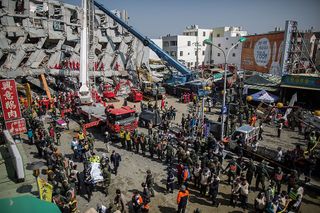
On Feb. 6, a 6.4-magnitude earthquake hit 17 miles (28 kilometers) northeast of Pingtung City in southern Taiwan. It's relatively shallow depth (14 miles, or 23 km, below the surface) caused widespread damage, toppling buildings in the city of Tainan. The quake caused an estimated 117 deaths and left hundreds more injured, according to the Tainan City government. Most of the fatalities and injuries came from the collapse of the Wei-Guan Golden Dragon high-rise tower (shown here), a residential building in Tainan, according to authorities.
California Wildfires
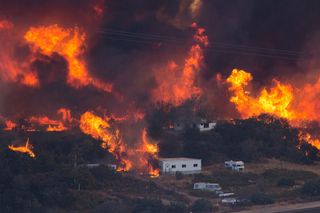
A series of wildfires blazed across California this year, burning more than half a million acres. According to the California Department of Forestry and Fire Protection, 6,938 fires had burned 565,070 acres (229,000 hectares) as of Dec. 11. The Blue Cut wildfire (shown here), for instance, burned through more than 37,000 acres (more than 12,000 hectares) in Southern California this summer and through the fall, according to the Los Angeles Times. The state's lingering drought has killed more than 100 million trees, according to the U.S. Forest Service's latest aerial survey, leaving a "fuel buildup" that led to this season's longer, hotter fire season. The fires this year killed seven people, including one firefighter, and damages are still being tallied.
Louisiana Flooding

Tremendous downpours inundated Louisiana in August, when some regions received more than 20 inches (50.8 cm) of rain over a 72-hour span (from Aug. 12‑14). At least six rivers hit record levels during the rainfall, the most extreme of which was along the Amite River, which exceeded its previous height record by more than 6 feet (1.8 meters). The National Weather Service described the heavy rain event as an "inland sheared tropical depression," where a deadly combination of tropical moisture and low pressure fueled immense rainfall. Thirteen people lost their lives, and an estimated 30,000 people were forced from their homes. [Read more about Louisiana's historic flooding]
Italy Earthquakes
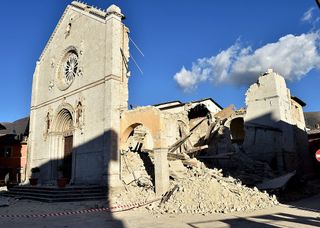
Central Italy was rattled this year by three strong earthquakes in just three months. A 6.2-magnitude earthquake struck Aug. 24 about 6.5 miles (10.5 kilometers) southeast of Norcia, Italy. The initial quake was followed by several aftershocks, including a 5.5-magnitude earthquake that struck 2.5 miles (4 km) northeast of Norcia the same day. The temblors rocked Central Italy, killing hundreds of people as medieval-era stone buildings collapsed. [Read more about the Norcia quake in August] The "tectonically and geologically complex" region sits atop the Tyrrhenian basin, which is beneath the Mediterranean Sea where the earth is spreading apart. It was struck again in October when two strong earthquakes just 2 hours apart rattled the center of the country. A 5.5-magnitude quake struck about 6 miles (9 km) southeast of Norcia, followed two hours later by a larger, magnitude-6.1 quake about 11 miles (18 km) from the town and just 1.6 miles (2 km) from the smaller town of Visso. [Read the full story about the two earthquakes that struck central Italy in October]
Hurricane Matthew

Hurricane Matthew was a powerhouse of a storm that circulated through the Atlantic Ocean in October. The strongest storm seen in the Atlantic since Hurricane Felix in 2007, Matthew briefly reached Category 5 hurricane status — with winds exceeding 157 mph (252 km/h). The storm dropped to Category 4 strength, though winds were still incredibly strong at 140 mph (225 km/h). The high-speed winds, storm surges and "life-threatening rain" made Matthew a destructive and deadly disaster. Over 1,600 estimated deaths were attributed to the hurricane, and damages are estimated in excess of $10.5 billion. [Read the full story on Hurricane Matthew]
New Zealand Earthquake and Tsunami
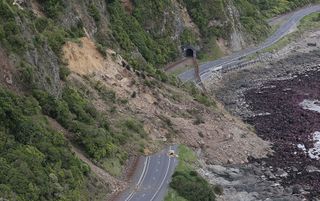
A powerful 7.8-magnitude earthquake struck New Zealand on Nov. 14. Though the quake's epicenter was northeast of Christchurch, the massive temblor was felt as far away as New Zealand's capital of Wellington, located 120 miles (200 km) away, on the North Island. About 2 hours after the initial quake, tsunami waves over 7 feet (2 meters) tall hit the coast. The island nation also continued to shake from hundreds of aftershocks well after the main temblor, including a 6.3-magnitude quake. Two deaths were reported, and much of the rural landscape was devastated from the powerful quake. New Zealand Prime Minister John Key estimated that reconstruction would take months and cost billions of dollars. The magnitude-7.8 quake also transformed the underlying faults in the region, rupturing six major faults, according to new maps by the geoscience consultancy group GNS Science in New Zealand. [Read the full story on New Zealand's devastating quake]
Fukushima Earthquake
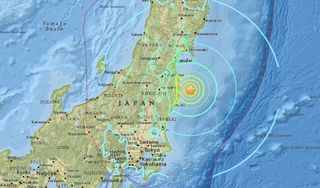
A powerful earthquake shook northern Japan on Nov. 21, generating a small tsunami that hit the same Why Do So Many Big Earthquakes Strike Japan?]
Tennessee Wildfires
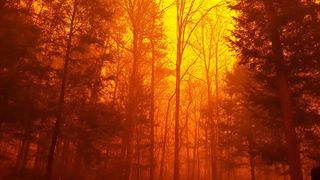
Areas around Gatlinburg, Tennessee, were consumed by wildfires on Nov. 28, closing the Great Smoky Mountain National Park and forcing thousands to flee their homes. The inferno spread rapidly through the area's drought-stricken forest, pushed by gusty winds. According to meteorologists, the gusty winds blowing dry leaves spread the blaze, also knocking over power lines and sparking new fires. The deadly combination allowed the fires to move quickly, wreaking havoc on the area. The historic Gatlinburg fires left 14 dead, 134 injured and scorched more than 1,600 structures. [a href="http://www.livescience.com/57015-how-tennessee-wildfire-spread-so-fast.html>Read more about Gatlinburg's wildfires]
Indonesia Earthquakes
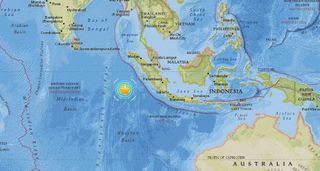
During the first week of March, a 7.8-magnitude temblor struck about 500 miles (800 km) southwest of Sumatra, an island in western Indonesia. Though the quake was strong, it occurred far enough away from the islands to cause significant damage. [Read more about the Sumatra earthquake] On Dec. 7, another earthquake shook the island nation. The shallow 6.5-magnitude quake's epicenter was 12 miles (19 km) southeast of Indonesia's Aceh province, according to the United States Geological Survey (USGS). It damaged hundreds of structures in the district of Pidie Jaya in Aceh, CNN reported. At least 100 people were killed and 136 seriously injured, according to Indonesia's Disaster Management and Mitigation Agency. Indonesia was again hit by an earthquake on Dec. 21, when a 6.7-magnitude temblor struck the Banda Sea off Indonesia and East Timor, the USGS reported. The quake was felt as far away as Darwin, the capital of the Northern Territory of Australia. According to news reports, residents said the quake lasted several minutes. The USGS alert listed the quake as having moderate shaking and a low likelihood of casualties and damage. Original article on Live Science.
Sign up for the Live Science daily newsletter now
Get the world’s most fascinating discoveries delivered straight to your inbox.



